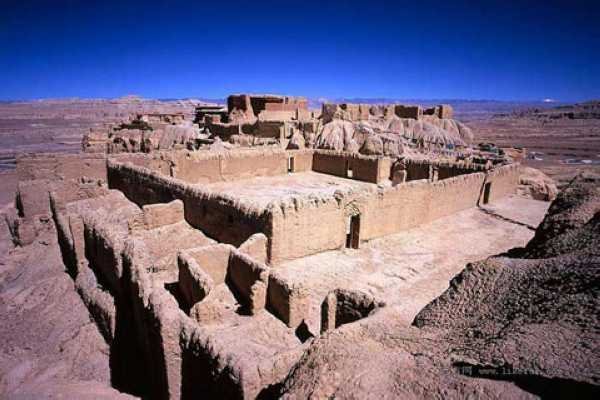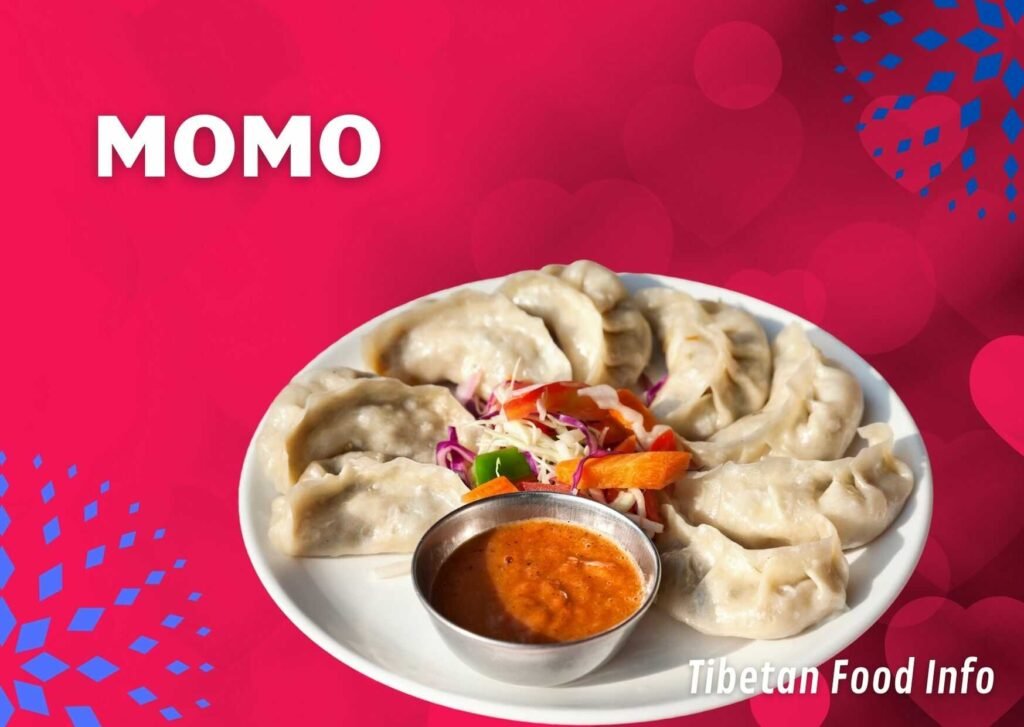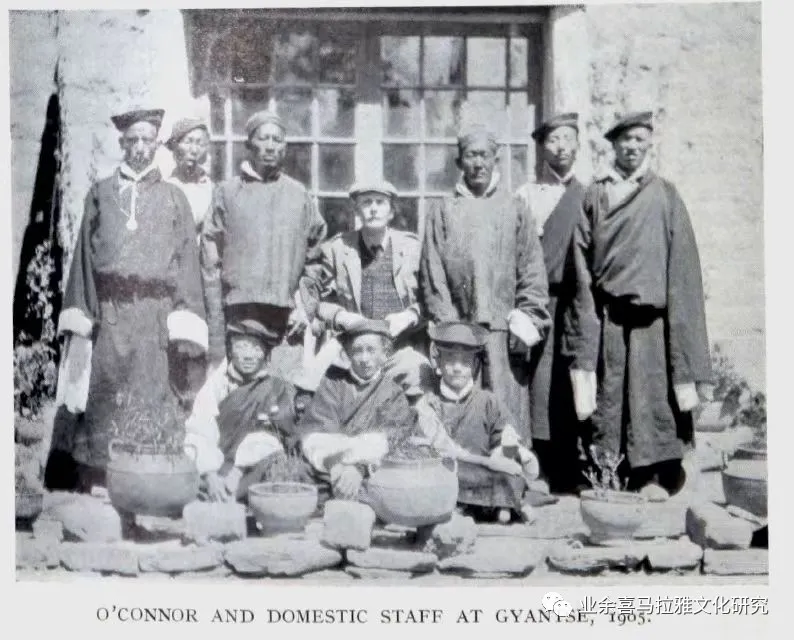Discover the enchanting beauty and cultural significance of the Lhasa River, Tibet’s highest urban wetland. Learn about its history, vibrant wildlife, and how it shapes the landscape and lifestyle of Lhasa. Perfect guide for travelers seeking spiritual and scenic adventures in Tibet.
Author: Lobsang Gyatso
The Tibet Museum serves as a window into the heart of Tibetan culture and history, offering visitors an opportunity to explore its deep spiritual traditions and diverse ethnic heritage through its extensive collections and exhibitions.
Lhasa is more than just a city; it’s a testament to Tibet’s rich history, culture, and spirituality. With its majestic palaces, sacred temples, and breathtaking natural scenery, Lhasa continues to captivate the hearts of travelers and locals alike. As the spiritual heart of Tibet, it remains a city where the past and present coexist, inviting everyone to experience its timeless charm.
An Introduction to Meili Snow Mountain In a country renowned for its vast and varied landscapes, Meili Snow Mountain stands out as a breathtaking spectacle. This magnificent mountain range, comprising no fewer than 10 towering peaks, captures the essence of natural beauty and raw adventure. With altitudes ranging from approximately 5,000 to over 6,000 feet, […]
Unveiling the Mysteries of Karub Ruins Nestled in the scenic terrains of Karub Village, merely 12 kilometers southeast of Chamdo county town, lies the remarkable archaeological site known as the Karub Ruins. This site, cradled by the majestic Lantsang and Karub Rivers, unfolds across various terraces, each telling a unique story of ancient civilization. Positioned […]
Introduction to Sha Momo Welcome to the captivating world of Sha Momo, a traditional Tibetan delicacy that holds a special place in the hearts of the Tibetan people. These steamed dumplings are not just food; they are a symbol of hospitality and warmth in Tibetan culture. When you step into a Tibetan home, you are […]
Learn some simple and useful Tibetan greeting words to help you when traveling in remote places. Includes common phrases and translations.
Over the centuries, Tibetan calligraphy has greatly evolved, incorporating various writing styles. The two most commonly used styles are U-Chen and U-me. U-Chen, also known as the “Cristated script,” features a horizontal stroke at the top of each letter, with all these strokes parallel to the first top line, giving it a flat cap appearance. […]
Tibetan language, belonging to the Sino-Tibetan family, has three major dialects and two written scripts. Discover the grammar and structure of this unique language.
Plan your travel to Tibet from April to November when the climate is favorable. August and September are ideal. Learn more about weather and temperatures.
Discover the ultimate guide for traveling to Tibet from the USA, including essential travel permit information, best routes, and expert tips. Start your adventure to the Roof of the World with confidence and insight into the cultural and natural wonders of Tibet.
Discover the essential guide to navigating in Tibet. From scenic train rides, get expert tips on making your Tibetan adventure comfortable and unforgettable.
Discover Markam County, a cultural and geographical wonder in eastern Tibet, known as “smar-khams” in Tibetan. Delve into its rich history dating back to the Tang Dynasty, when it flourished as a vital node on the Tea Horse Road, facilitating trade and cultural exchange. Learn about its transitions through different epochs and governance, offering adventurers and culture lovers a captivating destination to explore.
Discover the unique Naxi ethnic minority in Tibet, predominantly residing in Lijiang, Yunnan. Learn about their traditional customs, attire, and dances, including the vibrant Xie Dance, reflecting a rich cultural heritage that continues to thrive amidst modern influences.
Explore the enchanting Qüxü County in the heart of Tibet, where the majestic landscapes meet a rich cultural heritage. Known for its “flowing water ditch,” Qüxü offers a unique blend of stunning geography, vibrant culture, and historical depth. From its strategic location along the Yarlung Zangbo River to its role as a beacon of rural innovation, Qüxü invites you to discover its natural splendor and the lifeblood of its climate and agriculture. Join us on a captivating journey through Qüxü’s past and present, where every corner tells a story of resilience and beauty.
Dive into the captivating story of the British Trade Agency in Gyantse, Tibet. Discover its origins, cultural impact, and pivotal role in the historical trade relations between Britain and Tibet, highlighting its significance in the broader context of geopolitical dynamics and cultural exchanges.
The British mission in Lhasa represents a fascinating period in the complex tapestry of Tibet’s foreign relations. Its establishment, evolution, and the personalities involved highlight the geopolitical significance of Tibet during a time of great change. The mission served not only as a diplomatic outpost but also as a cultural and informational bridge, leaving a lasting legacy on the region’s history.
Explore the life of Tsarong Dazang Dradul, a key figure in Tibet’s history known for military reforms and industrial innovation. From leading the modernization of Tibetan armed forces with British aid to establishing the first mint and textile factories, Dradul’s legacy is marked by his efforts to transform Tibet into a modern state. Despite his tragic end in 1959, his impact on Tibetan society, military advancements, and economic development remains undeniable.
Chensal Kunphel, a pivotal figure in Tibetan history, against the backdrop of the 20th century’s seismic shifts in Tibetan politics and society.
Testament to the enduring legacy of King Gungri Gongtsen in shaping the nation’s destiny. Fascinating chapter in the rich tapestry of Tibetan history,















